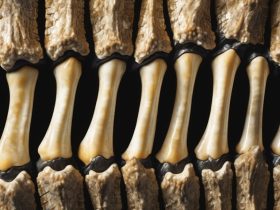Scientists may have found a new Milky Way arm called “Cattail.” However, experts need to do further research in order to be sure this giant filament of gas and dust is part of our galaxy. Located at the outer edge of the Milky Way, scientists haven’t fully mapped it yet.
Milky Way is an enormous spiral galaxy surrounded by many stars, gas, and dust. So far, astronomers have discovered four spiral arms. According to NASA, our galaxy has two major arms called Scutum-Centaurus and Perseus. Norma and Sagittarius are the other two spiral arms but smaller.
Cattail
A Chinese team found the Cattail with the help of the Five-hundred-meter Aperture Spherical Radio Telescope (FAST). According to Keping Qiu, an astronomer at Nanjing University, they started research on the Cygnus-X sky region a few years back. FAST uses the radio portion of the electromagnetic spectrum, making it perfect for detecting cold gas clouds.
Therefore, while studying the star-forming region, scientists noticed clouds of hydrogen gas somewhere behind it. With the help of the data from a telescope in Germany and another in Australia, the team of experts was able to determine the possible new arm’s distance. Located at 68,000 light-years from Earth, Cattail stretches across nearly 3,600 light-years. This is the enormous gas filament ever discovered.
Further research required
However, the data is based on their findings so far, meaning the arm could be a lot larger. Cattail’s mass is about 65,000 suns, and it may stretch 16,000 light-years across. More details can be found in a paper posted to a preprint database. The new filament is at the outer edge of our galaxy, which is a bit odd since the Milky Way’s bulk is closer to the center.
“We don’t know how such a huge filamentary gas structure could form in such an extreme location,” Qiu said.
The new discovery could be a standalone gas filament. However, it also seems to have a connection to the Milky Way. It could also be just another branch from one of the four main arms, but it is too soon to say. Experts need more FAST observations in order to determine which one it is. Until then, Cattail remains a mystery.
“It reminds me that there’s a lot we don’t know about the Milky Way,” Felix J. Lockman, an astronomer at the Green Bank Observatory in West Virginia who was not involved in the work, told Live Science. “Every time we seem to look deeply, there’s more information in there.”





























Leave a Reply